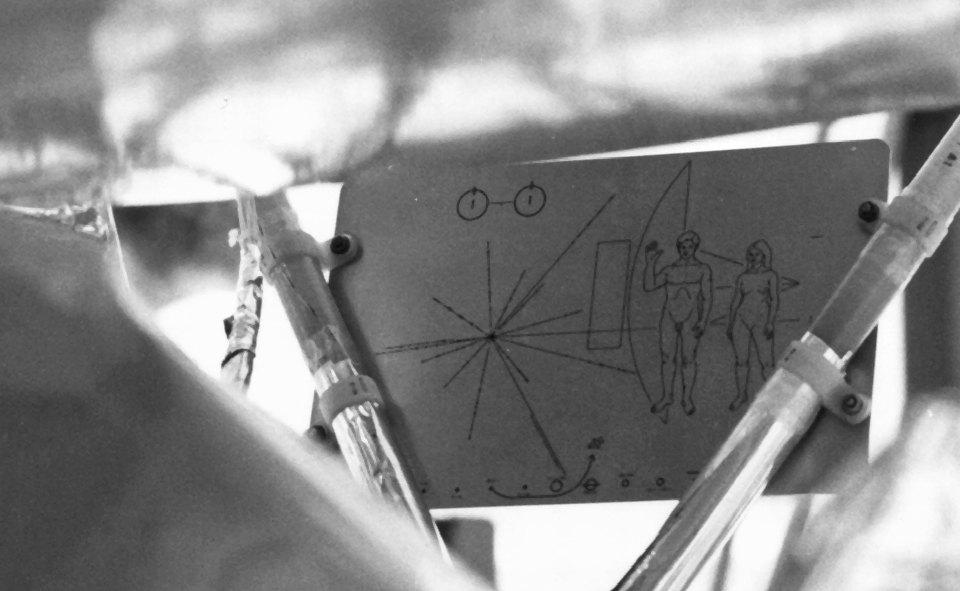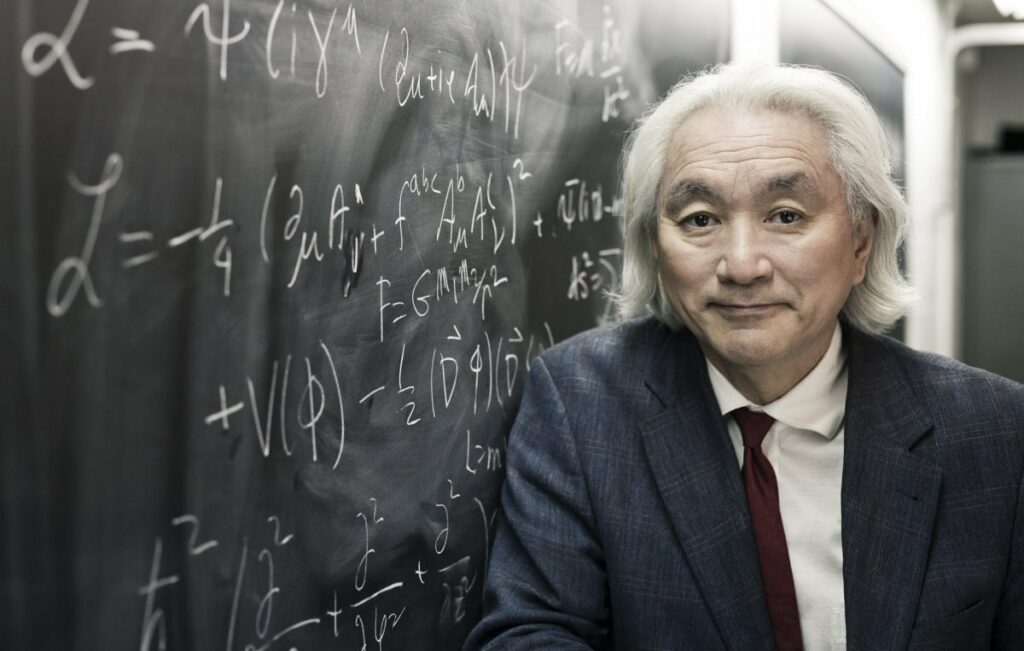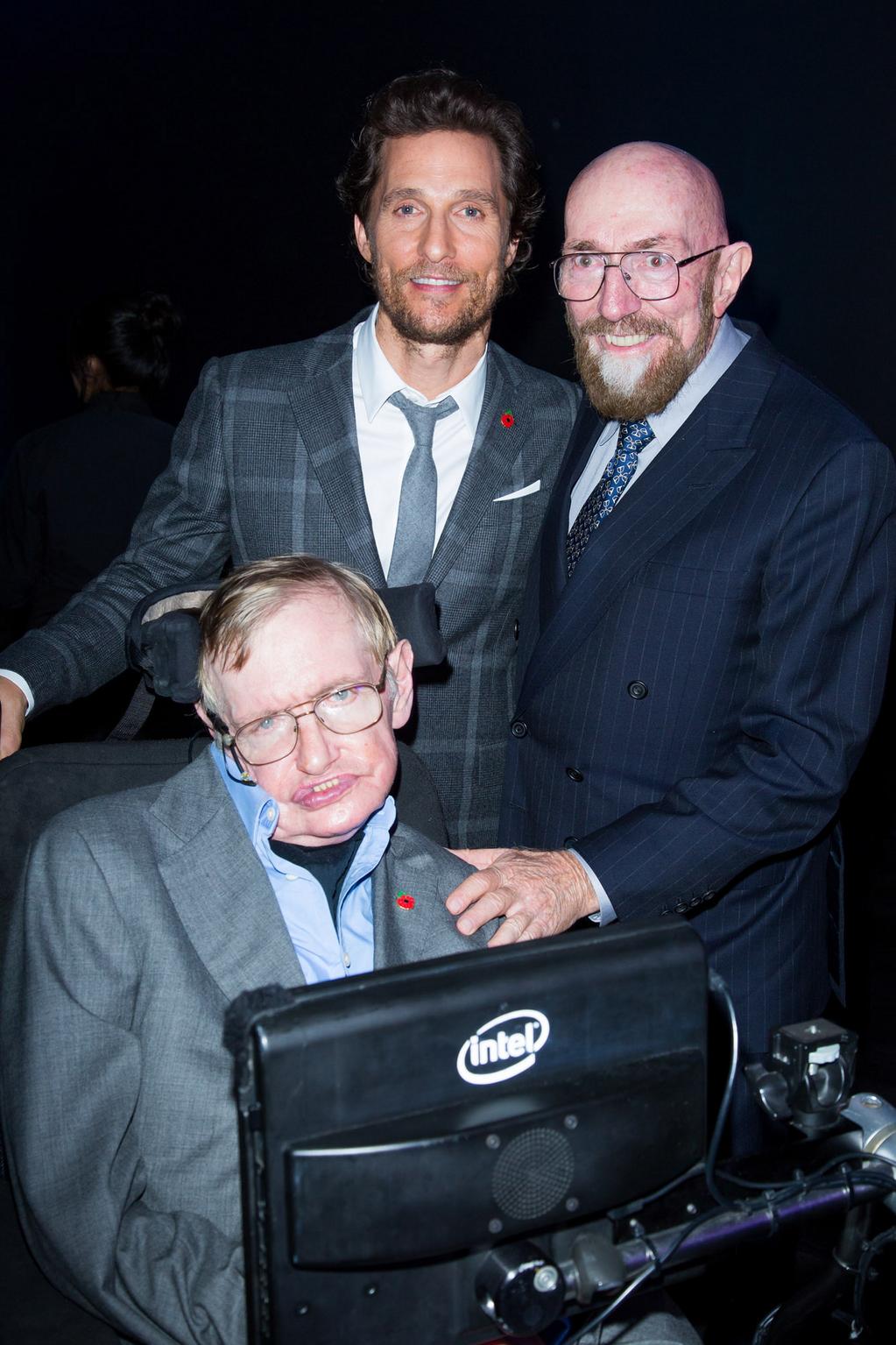The history of science is full of outstanding discoveries that broadened the horizons of knowledge and moved humanity to new frontiers. But we should not forget that science is responsible not only for acquisition of new knowledge, but also for the process of its further propagation among society in an accessible form — which allows us to develop technology and prepare a new generation of researchers.

Having the Science Day in mind, which is celebrated tomorrow, The Universe Space Tech would like to tell about five outstanding scientists who are known not only for their scientific achievements, but also for their exceptional efforts to promote astronomy and astronautics.
Carl Sagan
Karl Sagan, without exaggeration, can be treated as one of the most brilliant and influential twentieth’ century promoter of space. He was born in 1934 in New York (by the way, his father was a native of Kamianets-Podilskyi). Four-year-old Karl was impressed by a visit to the World’s Fair in New York, where he witnessed the laying of the time capsule. The memory of this probably inspired the idea of posting messages to aliens on spacecraft. At the age of five, Sagan read a pamphlet on the basics of astronomy. The boy was struck by the news that the stars are the same suns, though very faraway ones. It was then that he realized the real scope of the universe and became interested in science.

The list of Sagan’s scientific achievements is very long. In the early 1960s, he correctly suggested that Venus did not look like Earth and that its surface was very hot due to the greenhouse effect. He was also one of the first to hypothesize the presence of liquid on the surface of Titan and the subsurface ocean of Europe. Sagan warned of the dangers of global warming and played an important role in the emergence and spread of the nuclear winter hypothesis.
But Sagan is best known for his efforts to promote astronomy. He has written many popular science books, many of which are still relevant today. Sagan was the author of the immensely successful television series Cosmos: A Personal Voyage, and also tried his hand at fiction by writing the novel Contact (it was screened in 1997).

Sagan’s influence was so great that on his initiative, Pioneer 10 and Pioneer 11 probes were installed with messages intended for extraterrestrial civilizations. And when, a few years later, NASA decided to equip Voyager devices with records of earth’s photographs and sounds, he was appointed chairman of the commission that selected the contents of the record. Finally, Sagan is the “godfather” of the famous Pale Blue Dot, which shows the Earth from a distance of 6 billion km.

Karl Sagan passed away in 1996. But his books are still finding new readers, and the Pioneer and Voyager are continuing their endless journey to the stars bearing the messages he has developed. Who knows maybe one day they will reach their destination.
Stephen Hawking
Stephen Hawking was born in 1942 in Oxford. At the age of 21, he was diagnosed with amyotrophic lateral sclerosis. Initially, doctors gave Hawking only two or three years to live. As Stephen himself told, the prospect of such an early death made him realize how valuable life is. Therefore, he did not surrender to the verdict and decided to devote himself entirely to science.

Stephen Hawking’s star shone brightly in the astronomical sky in the 1970s, when he published his theory of black hole evaporation. According to it, a black hole not only absorbs matter, but also emits various particles, which will eventually lead to its disappearance. This process was later called “Hawking radiation”. He was also the first scientist to try to unite the tenets of the General Theory of Relativity and Quantum Mechanics within a single cosmological theory.
Despite the fact that the disease progressed more slowly than doctors predicted, in the end, Hawking was almost completely paralyzed. And after undergoing a tracheotomy in 1985, his only channel of communication with the outside world was a speech synthesizer.

However, this did not stop the scientist. In 1988, Hawking published his most famous book, A Brief History of Time. There he tells us in an accessible form about the emergence of the universe, the nature of space-time, black holes and the main cosmological problems of our time. A Brief History of Time became a bestseller and was republished several times. In total, more than 25 million copies have been sold worldwide.

After that Hawking wrote a number of popular science books. He also took an active part in various TV sows, appeared in several episodes of The Big Bang Theory and voiced himself in The Simpsons and Futurama. Stephen Hawking died in 2018 at the age of 76, having lived half a century longer than doctors predicted. Through his life and work, he clearly demonstrated that even in a seemingly hopeless situation, one should not lose hope.
Neil Degrass Tyson
Neil Degrass Tyson is often compared to Carl Sagan. And this is not surprising. Like Sagan, Degrass Tyson is a very bright media personality who actively uses all available platforms to promote science.

Neil Degrass Tyson was born in 1958 in New York. According to Tyson, his interest in astronomy awoke at the age of nine when he first visited the planetarium. Interestingly, at one time Carl Sagan, who taught at Cornell University, tried to recruit Tyson. But in the end, he chose Harvard. Tyson later earned a master’s degree in astronomy and a doctorate in astrophysics.
In the 1990s, Neil began writing a column in the Natural History journal and writing books on astronomy that became very popular. Thanks to this, the scientist was able to make his way on television, regularly appearing as an expert in various programs. In 2014, Degrass Tyson became the host of the series Cosmos: Space and Time — a relaunch of the legendary Cosmos: A Personal Voyage by Carl Sagan. In 2020, its sequel entitled Cosmos: Possible Worlds.
The scientist also appears frequently in various TV series and movies, where he usually plays or voices himself. In particular, Neil Degrass Tyson could be seen in Stargate Atlantis, The Big Bang Theory and Batman v Superman.
Mitio Kaku
Mitio Kaku’s name has long been synonymous with the phrase “physics of the impossible” — the title of perhaps his most famous book, in which he described hypothetical technologies that may one day become part of our daily lives.

Mitio Kaku was born in 1947 in San Jose to a family of Japanese immigrants. By his own admission, his interest in science awoke after seeing a photograph of Einstein’s working table taken the day after his death. The boy was ignited by the idea of completing the work of a great scientist and creating the unified field theory.
Later, Mitio Kaku received his doctorate and worked on writing popular science books designed to convey complex scientific theories to the mass reader in an accessible language. He also often speaks on radio and television and hosts a number of programs on various channels.
The wide popularity of Mitio Kaku’s work is due not only to his ability to explain complex scientific theories in simple words, but also to his wide range of topics, from the terraforming of Mars to mole holes. In addition, he is not afraid to talk about things despised by many of his colleagues, including telepathy, time travel and UFOs. In 2021Mityo Kaku was awarded the Arthur Clark Foundation Prize for his efforts to promote science.
Kip Thorne
Unlike the promoters of science listed above, Kip Thorne is much less known to the general public. However, his contribution to some extent even exceeds theirs. The fact is that it is thanks to Thorne, that moviegoers around the world have a clear idea of what a supermassive black holes really looks like.

Kip Thorne was born in 1940 in Logan, Utah. He grew up in an academic environment. His father was a professor of chemistry, his mother received a degree in economics. But the decisive factor that led Thorne to devote his life to science was science fiction. As a child, he read books by Isaac Azimov and Robert Heinlein, as well as popular science publications.
Over the years, Thorne has become one of the world’s leading experts in the theory of gravitation, astrophysics and quantum theory. He has written a number of books, some of which were intended for the mass reader. But his main contribution to the popularization of science is connected with the film Interstellar.
The idea of this project was born in the middle of the first decade of our century during Thorne’s conversation with his girlfriend, producer Linda Obst. They wanted to make a film that would introduce the general public to the wonders of the laws of physics — wormholes, black holes, gravitational waves and the five-dimensional universe. They conceived a film that would inspire a wide audience to get acquainted with science.

The idea ignited interest in Hollywood. Steven Spielberg worked on the film for some time, but in the end it was directed by Christopher Nolan. Thorne himself was a consultant to Interstellar, drafted a kind of scientific framework, which was then respected by the filmmakers, and took an active part in creating the famous visualization of a supermassive black hole. He also wrote the book The Science of Interstellar in which he explained in more detail the nature of the phenomena shown in the film.

In 2017, Kip Thorne became one of the winners of the Nobel Prize in Physics. He was honored for his decisive contribution to the creation of the LIGO detector, which made it possible to conduct the first-ever observation of gravitational waves.
